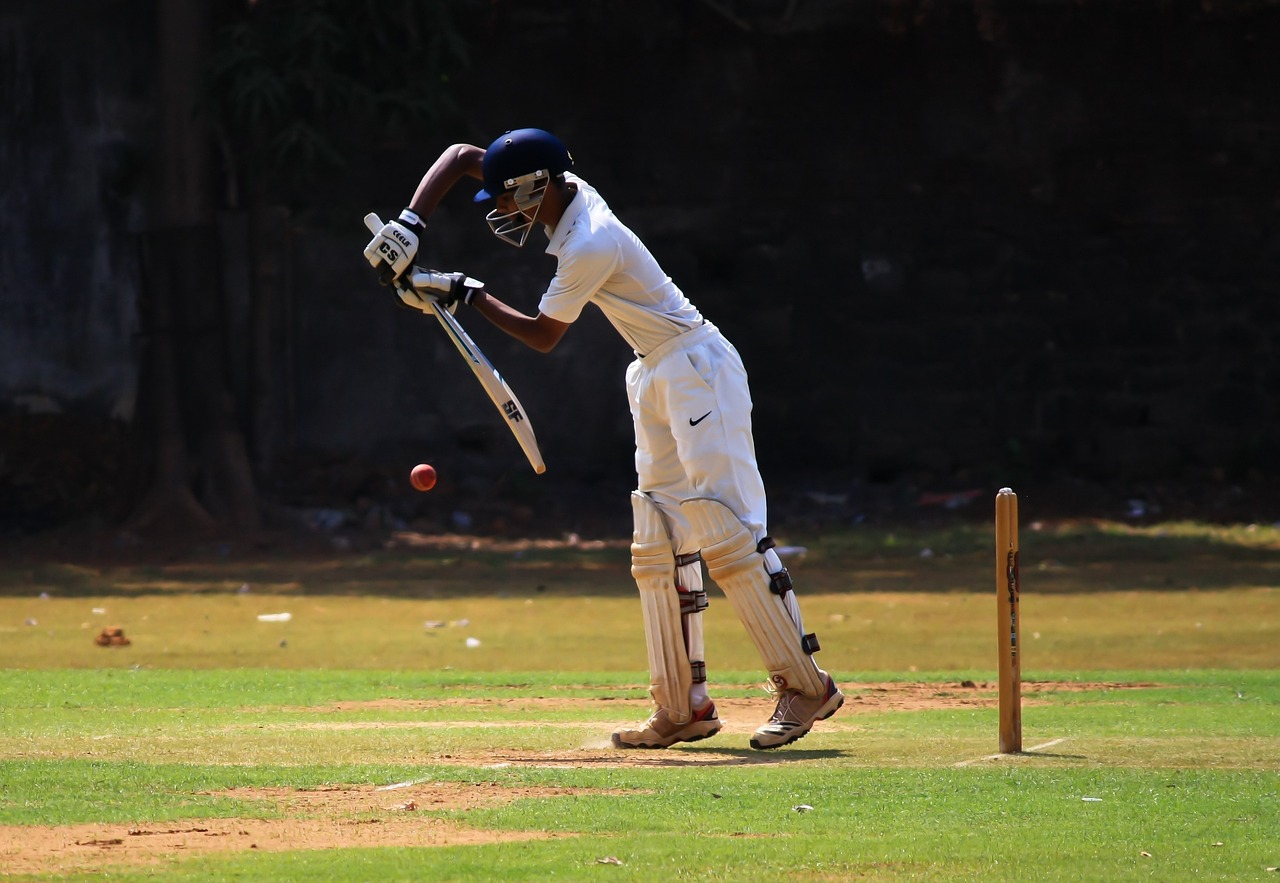Introduction:
Cricket, a globally adored sport, is known for its strategic gameplay and intense competition. Beyond its entertainment value, cricket offers numerous physical and mental benefits. Among these advantages is the positive impact it has on coordination skills. Cricket requires players to display exceptional hand-eye coordination, footwork, balance, and spatial awareness. In this article, we will delve into how cricket promotes coordination and discuss the various advantages it brings.
1. Hand-Eye Coordination:
Cricket demands superior hand-eye coordination as players must track the movement of the ball, judge its speed, and execute precise shots or catches. Batting requires players to time their strokes accurately, while fielding involves swiftly reacting to the ball's trajectory. The consistent practice of batting, bowling, and fielding in cricket improves hand-eye coordination, translating to improved motor control and reaction time.
2. Footwork and Balance:
Footwork and balance play a crucial role in cricket. Batsmen need to move their feet adeptly to position themselves for shots, while bowlers must maintain balance during the delivery stride. Fielders must exhibit quick footwork to move swiftly across the field and make agile movements to field or catch the ball. These aspects of the game enhance foot-eye coordination, improve overall balance, and contribute to better coordination skills.
3. Timing and Reflexes:
Timing is a critical component of cricket. Batsmen need to synchronize their movements to meet the ball with precision, while bowlers strive to deliver the ball with impeccable timing and accuracy. The split-second decision-making and quick reflexes required in cricket enhance timing skills, honing coordination and reaction time.
4. Spatial Awareness:
Cricket demands excellent spatial awareness, as players need to be aware of their positioning on the field, judge distances accurately, and make quick decisions. Fielders must anticipate where the ball will be hit, adjust their position accordingly, and react swiftly to field or catch it. The development of spatial awareness through cricket carries over to other activities and sports, contributing to improved coordination and decision-making skills.
Conclusion:
Cricket is not just a game; it is a sport that significantly enhances coordination skills. The focus on hand-eye coordination, footwork, balance, timing, reflexes, and spatial awareness in cricket offers numerous benefits to players of all ages and skill levels. Regular participation and practice in cricket contribute to improved motor control, reaction time, and overall coordination, enhancing performance on the field and beyond. Check out other sports that require exceptional hand-eye coordination.
References:
1. Bennett, S. J., Lay, B., & Button, C. (2007). The effects of task complexity and expertise on coordination. Journal of Experimental Psychology: Human Perception and Performance, 33(4), 798-814.
2. Elliott, B. C., & Foster, D. T. (2001). Biomechanical analysis of the cricket fast bowling technique: implications for performance and injury prevention. Journal of Sports Sciences, 19(6), 401-417.
3. Loffing, F., Sölter, F., Hagemann, N., & Strauss, B. (2010). Accuracy of outcome anticipation, but not gaze behavior, differs against left- and right-handed penalties in team-handball goalkeeping. Journal of Sports Sciences, 28(12), 1427-1432.
4. Stretch, R. A. (2001). Cricket: Technique, tactics, and training. Routledge.
5. Williams, A. M., & Hodges, N. J. (2005). Skill acquisition in sport: Research, theory, and practice. Routledge.










